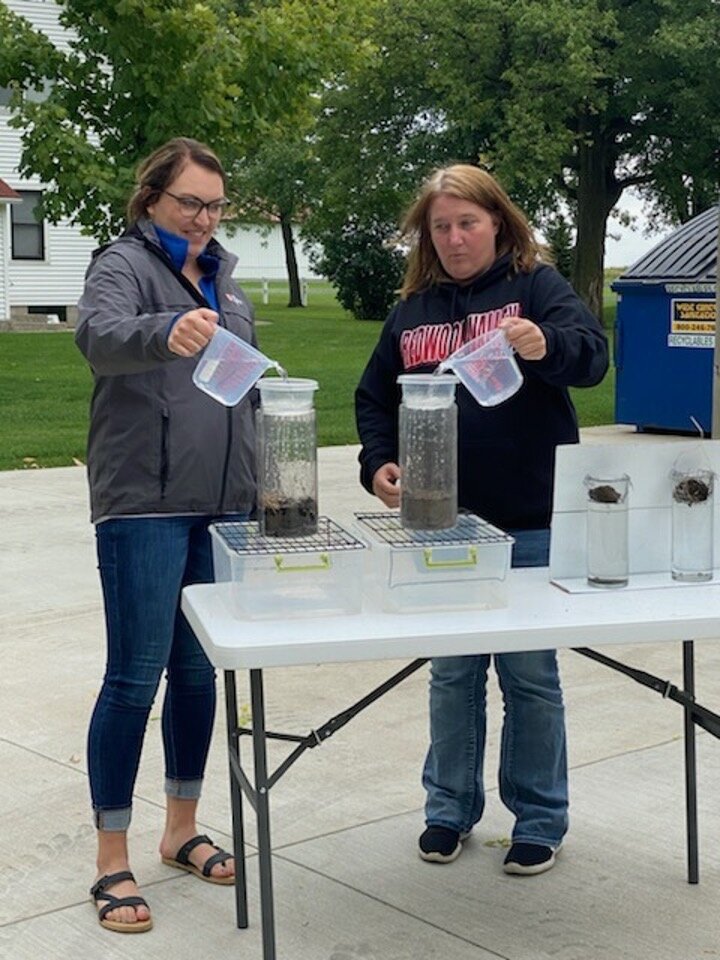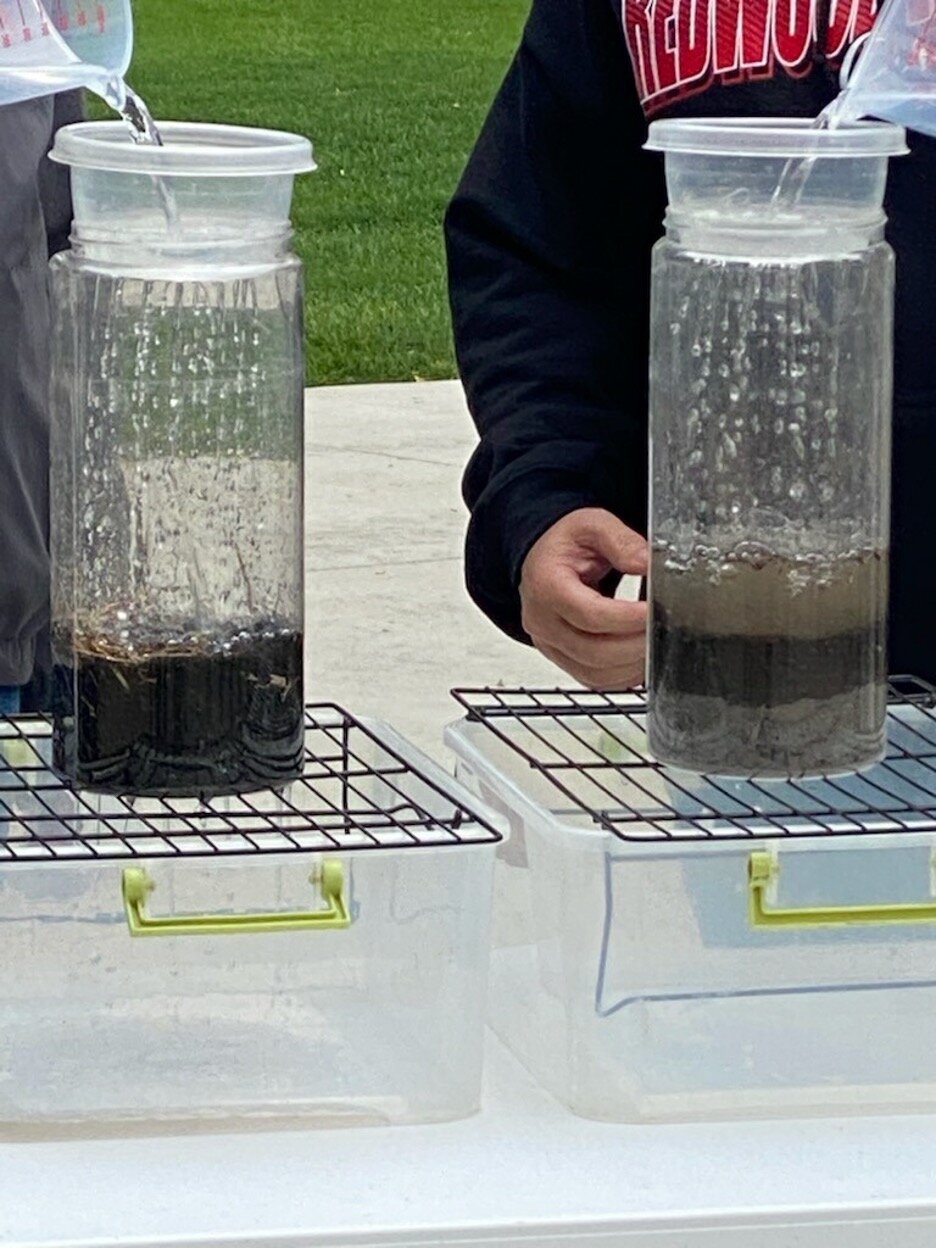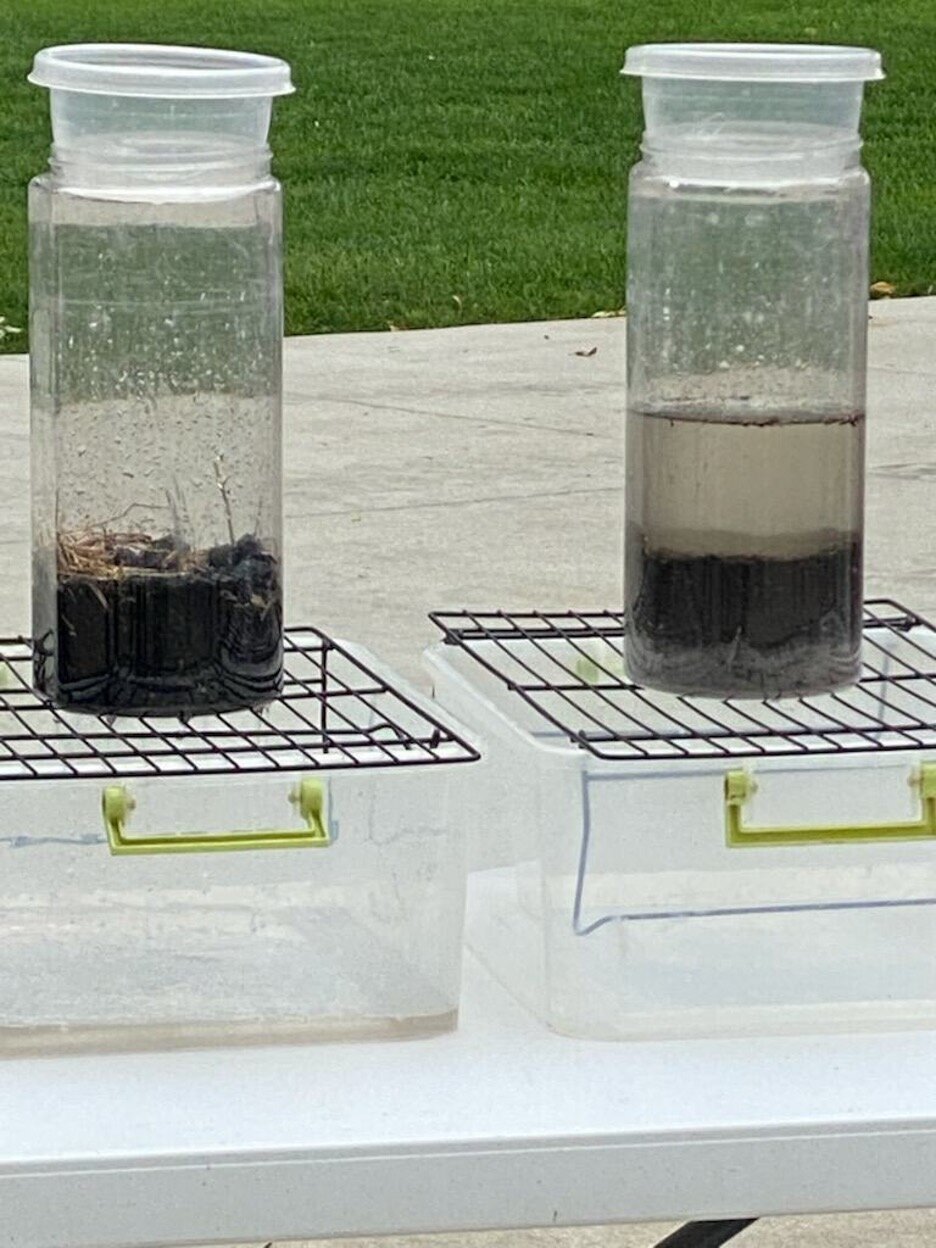Redwood SWCD Providing Community Education to LINC
The Redwood Soil and Water Conservation District (SWCD) regularly presents to groups in the area discussing services they provide and relevant information for landowners and operators in the county. Along with my Redwood SWCD colleague Brian Pfarr, I had the opportunity to present to the 2021 Redwood LINC troupe on September 14th.
Redwood County LINC
Redwood County LINC participants are provided extensive personal, professional, and leadership training, learning sessions, community site visits, community resources and participation, networking building, and more! This year as well as previous years, the Redwood SWCD talked with the Redwood County LINC group about the value of our natural resources in Redwood County and how staff work with landowners and operators to address resource concerns.
Conservation in Redwood County
The most common resource concerns in our area include water and wind erosion, compaction, reduced water infiltration, loss of soil organic matter, and nutrient management. These resource concerns pose issues when present for agricultural production. The Redwood SWCD can work with landowners and operators to address these issues providing technical assistance and applying for financial assistance to help implement practices.
Management Practices



Many farmers in Redwood County have reduced their tillage using strip and no-till and are utilizing cover crops to reduce erosion, increase infiltration, reduce compaction, provide weed control, and build soil organic matter. For larger erosion issues, structures can be installed to mitigate concentrated and gully erosion.
The Redwood County LINC participants learned about these resource concerns and tools to utilize while participating in soil demonstrations. Using soil from two different management systems in the county, we looked at infiltration of soil that is tilled in the fall and spring and grows corn and soybeans. The other soil is a 5th year no-till using cover crops every other year ahead of beans in a corn and soybean rotation. The no-till and cover crop soil immediately infiltrated while the tilled soil took over 30 minutes to infiltrate an inch of water (photo)
We also completed the slake test to determine how well the soils operate when saturated. Soils with good structure are able to keep their strength when wet because they have pores allowing air and water to move through them as well as soil glues – glomalin – to hold it together. The tilled soil was compacted, lacking pore space to allow air and water movement and lacked the soil glues so it began disintegrating as soon as it was emerged in the water while the no-till and cover crop soil held together.
Education Opportunities
Stop by our office or give us a call to see how we can help with your resource concerns or to provide education to your group!


